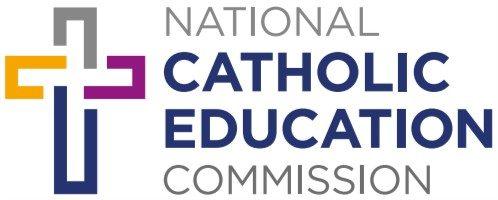22 May 2017
The National Catholic Education Commission says those working in Catholic and government school systems are the experts when it comes to ensuring individual school communities get the funding they need to provide a quality education.
NCEC acting executive director Danielle Cronin said almost 90 per cent of Australian schools – Catholic, government and some independent schools – receive block funding for their jurisdiction that is then allocated to schools based on locally-assessed needs.
“The educational realities of schools across the country are diverse and complex and a spreadsheet generated in Canberra is only ever going to be a blunt instrument in terms of providing genuine and responsive needs-based funding at the local level,” Ms Cronin said.
“And that is especially true when the funding formula is based on an inadequate measure of need such as the SES model, which the Gonski Review of Funding for Schooling said should be reconsidered and the review of which was required by the National Education Reform Agreement.”
Ms Cronin said there is a concerted effort within the Government to question the way Catholic schools allocate funding to school communities, but the redistribution system has served Australian students and schools well for decades.
“There has not been a clear rationale provided for why that system has to change,” she said. “We know if there are particular needs that don’t show up in funding calculations and we know better than the flawed SES model the real capacity of parents and families to pay fees in an individual community. This principle has evolved over many years and exemplifies how Catholic education has been a long-term proponent and deliverer of needs-based school funding.”
Ms Cronin said redistribution within Catholic systems has allowed school communities to receive the funding they need, while maintaining an inclusive, low-fee Catholic school system across the country and across all demographics. She said the Government’s undermining of approaches to funding redistribution is creating some troubling possibilities for Catholic schools.
“The Minister is trumpeting his funding plan and is asking Catholic education to deliver the bad news to school communities. With several hundred Catholic schools set to have lower funding allocations in 2018 than they have in 2017 – in some cases cuts of more than 50 per cent – major decisions have to be made,” she explained.
“In his letters to individual Catholic schools, the Minister seems to be saying to some principals that the parents in that school should be paying more in fees to make up the new shortfall in funding – a shortfall in funding that arises from the Minister shifting the funding goalposts for those schools.”
Through his School Funding Estimator website, Minister Birmingham is again issuing a threat as he responds to Catholic education’s explanation of the realities of their school funding policy.
“By publishing what a school would receive under a ‘pure’ school-by-school funding model, the Minister has reset school funding expectations for Catholic, government and some independent schools,” Ms Cronin said.
“He has said that if a school doesn’t receive the funding he’s said it will receive, then some parents should ask why that is the case. There will be valid reasons why. At the same time, he’s arguing that the schools that do see their funding cut will be protected by other schools within their own system.
“The Minister cannot have it both ways. On the one hand he is seeking to undermine the autonomy of Catholic and government school systems and on the other he is calling on Catholic systems to redistribute funding to protect the hundreds of Catholic schools facing actual funding cuts next year.
“The Minister’s claims about school funding growth need greater interrogation. The problem, though, is that the more people come to know about the model, the less they like it.”
